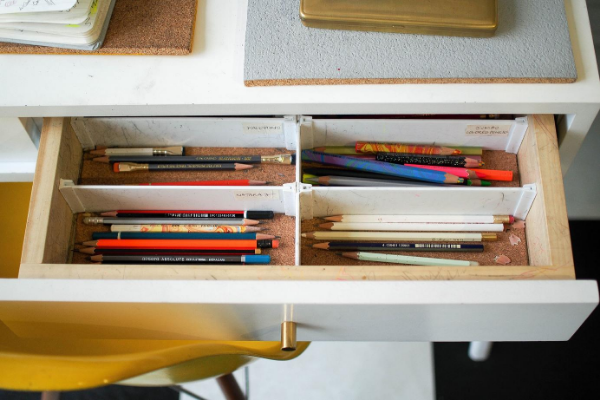With more than 64,000 schools closed (and counting) across the United States, it’s estimated that millions of students will become temporary homeschoolers while we wait and watch to see how the coronavirus evolves. With no clear indication of when schools will be back in session, working parents fill our social newsfeeds with the same question: How can I keep my kids entertained and up-to-date on their schoolwork — all while working from home?
If you’re a parent facing the prospect of keeping up with your work routine and homeschooling at the same time, tips to help see you through and keep you sane:
Everyone needs time to adjust
A lot of kids are dealing with the stress of having their routines turned upside down. We’re all dealing with the uncertainty of how the next few weeks or months will play out. With so many changes and emotions at play, you can expect things to be a little rough at home. If you don’t have your routine perfected on Day 1, don’t treat yourself too harshly.
Be realistic, not pessimistic; this can help you emotionally preparing for a rocky start. This realism, in our shared experiences, is essential for keeping your cool when kids push back. Give yourself and your kids space and grace to adjust to this new lifestyle.
Flexible routines > rigid schedules
Once you’ve had a minute to freak out about your life-changing overnight, start working on creating a routine. When you first begin homeschooling, inconsistency can potentially make the adjustment harder.
There are so many schedules floating around online meant to help parents adjust to the world of homeschooling. Here’s the thing: we’re not proponents of schedules. It might seem like we’re splitting hairs, but it is an important distinction. A schedule is rigid, but a routine order your days with flexibility.

Unconventional choices may help
Homeschooling and working at home is hard, especially as you’re first getting started. How can you manage to make it work? Be flexible and open-minded.
Your “home office” (a dedicated workspace, kitchen island, or chair in your living room) doesn’t force a schedule that looks like a typical 9 to 5. If school work and extracurricular activities take up a lot of time during the week, try to be productive during the weekends. Or, early in the morning or night while your kids are asleep—make use of your “free” time, as long as your mental health and energy levels allow it. (It’s important to balance work and well-being.) If you have a co-parent or support system in place, could they take over in the late afternoon and take full responsibility for one or two subjects while you head off to your home office or bedroom? That type of flexibility will help you stay caught up and grounded amidst all of your to-dos and the ongoing uncertainty.
Less is more
Think about how your kids spend their time in a more conventional school setting. Are they really doing that many hours of academic work each day? Probably not. Take into account transitions from class to class, the time it takes a teacher to work with 20 kids versus one, and the time kids spend in recess, gym, and lunch.
Now, keep that same thing in mind any time you start to feel pressure for your kids to be doing school from 8 a.m. to 2 p.m. If possible, keep up with the expectations your school district has set, but don’t stress if you can’t.

Your children will learn new things during this season. It may look and feel different from before and that’s okay. When you feel overwhelmed or out-of-sorts, just remember that you’re not alone. Keep up with the basics, read a lot, and spend as much time outside as you can. We’re all doing the best we can in unusually difficult circumstances — and that’s good enough.



Leave a Comment